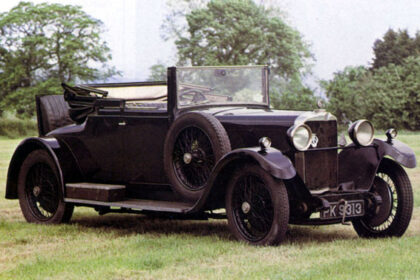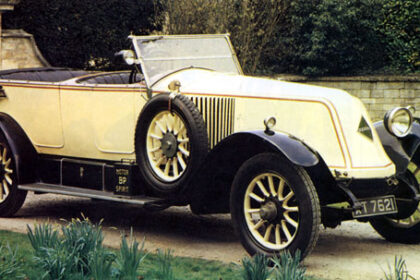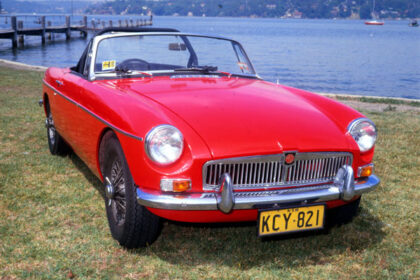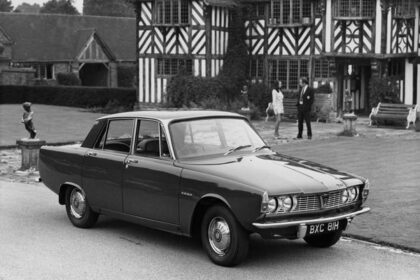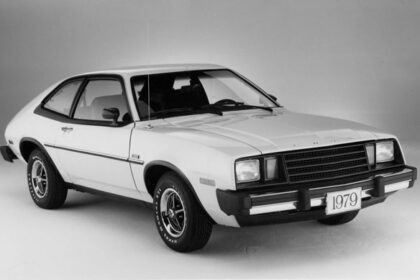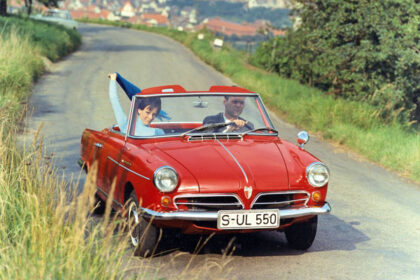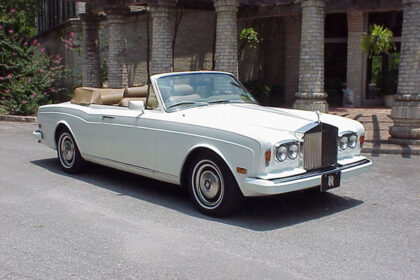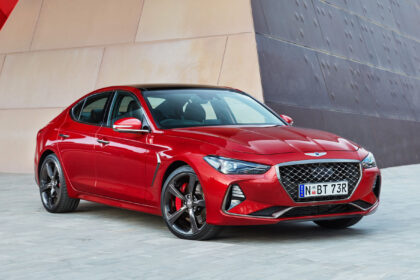AC COBRA

The AC Cobra was a high performance cross breed; a British AC Ace with a Ford V8 engine. The first 75 production cars used the Ford 4.2-litre engine but this was then replaced by the 4.7-litre V8 from the Ford Mustang. Only 560 of these 4.7-litre Cobras were built in the mid-1960s. In standard form it provided 202 kW but it was possible to buy a race-tuned version which turned out a mighty 276 kW. Right from the commencement of the project, AC shipped cars to California without engines or… Read more




